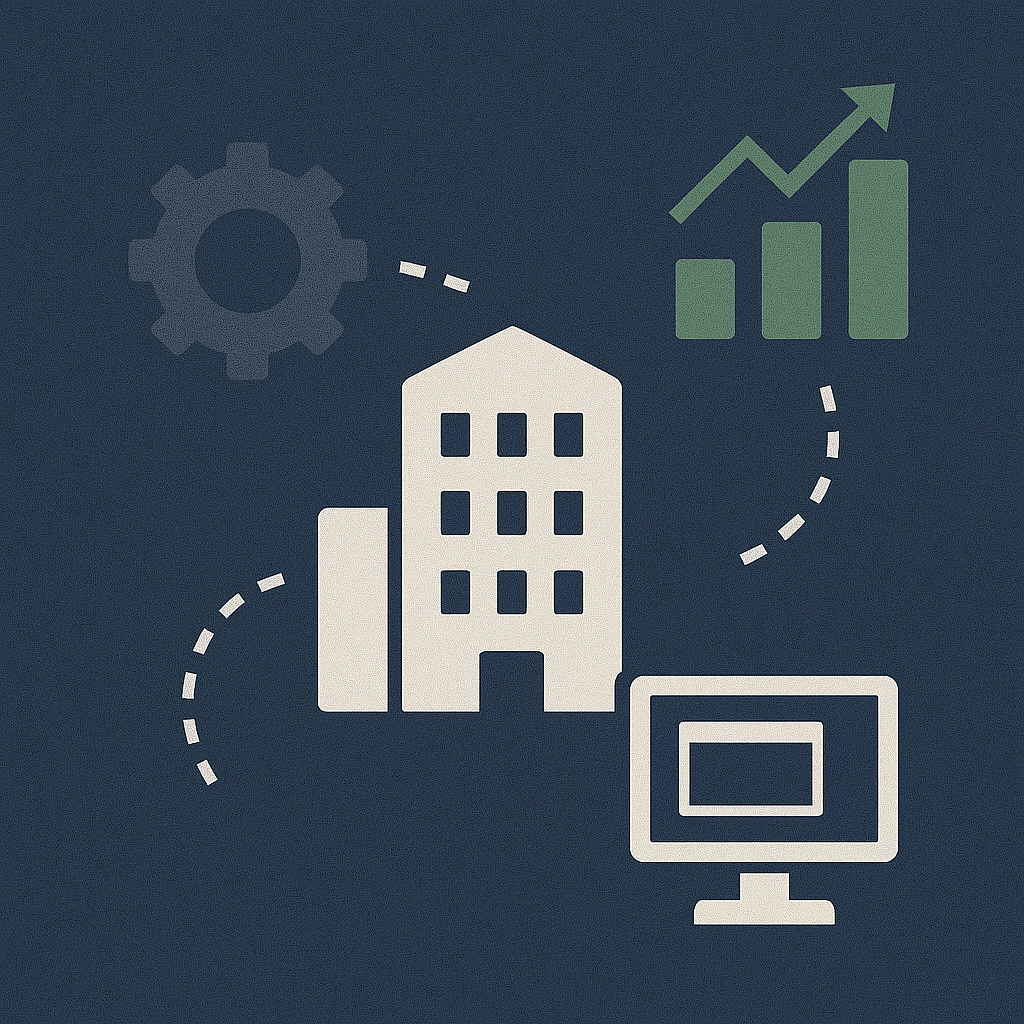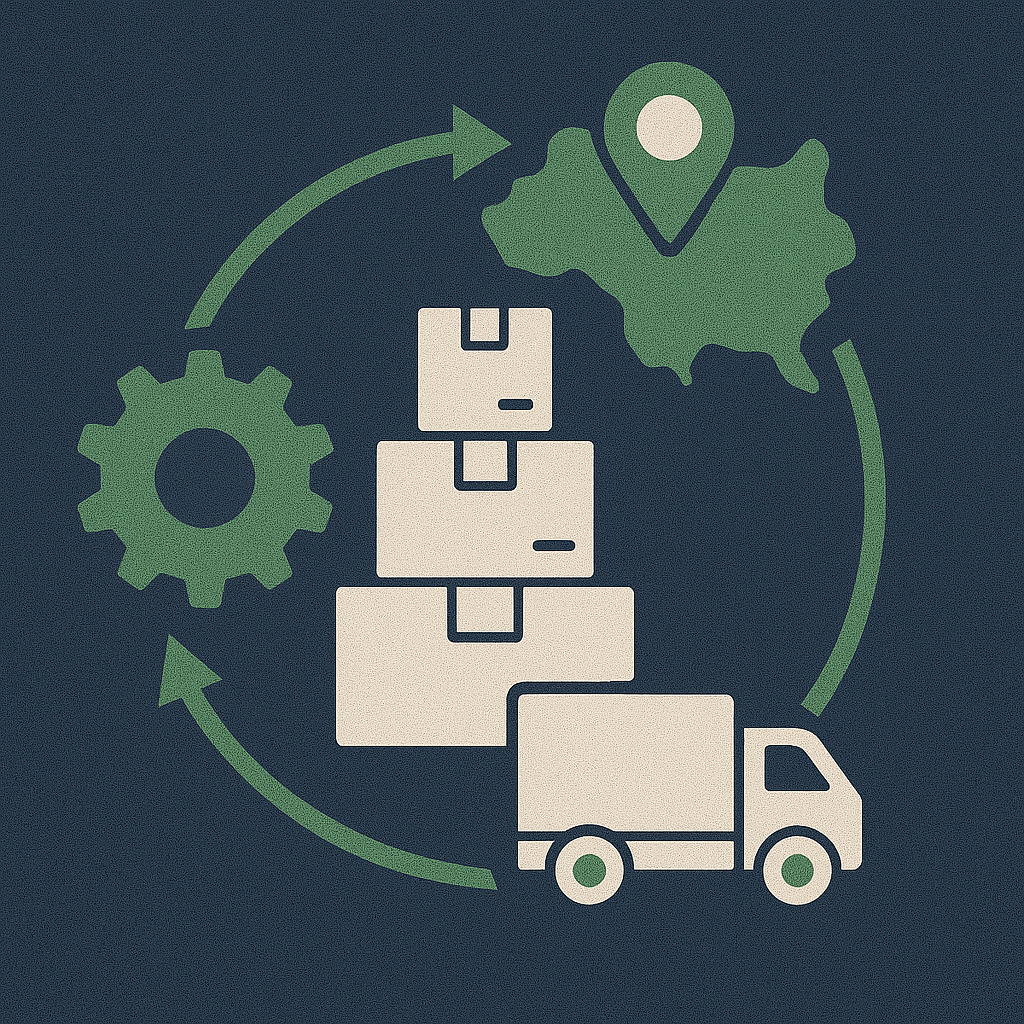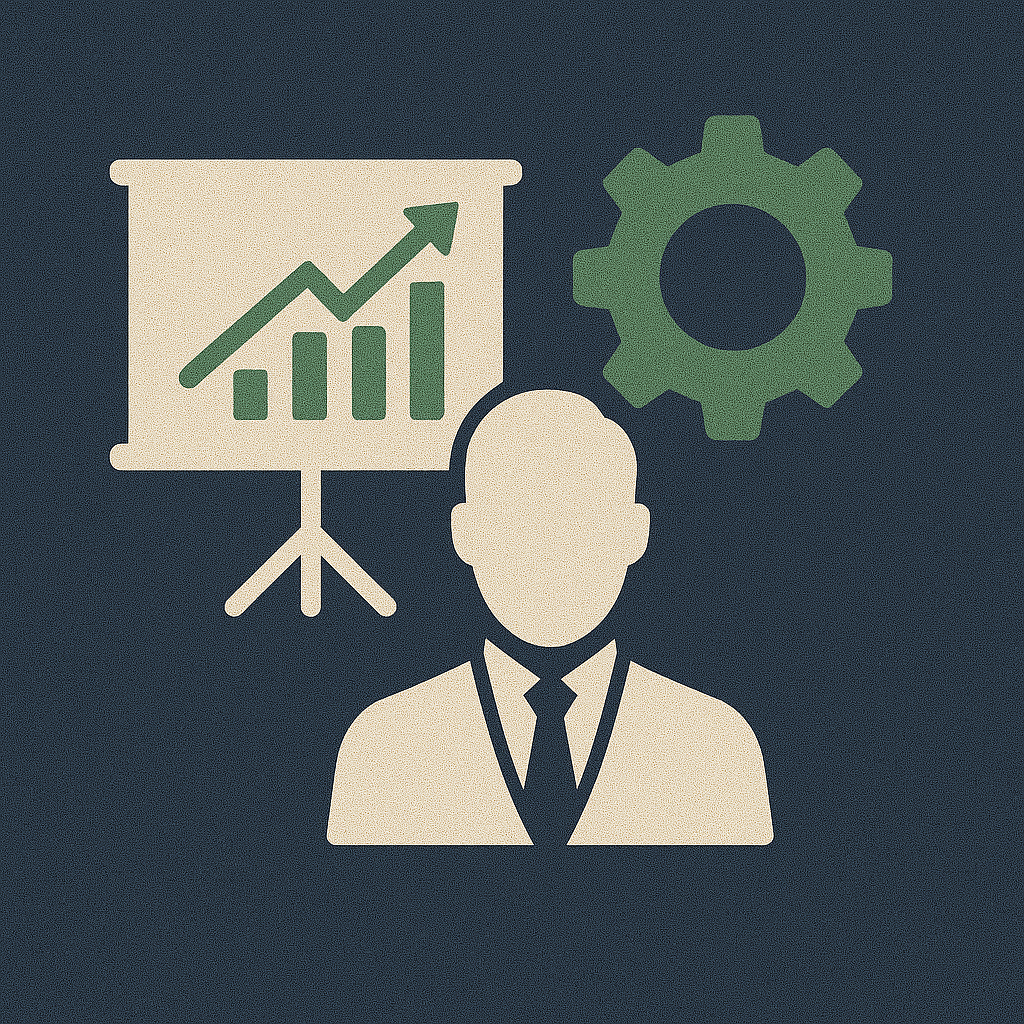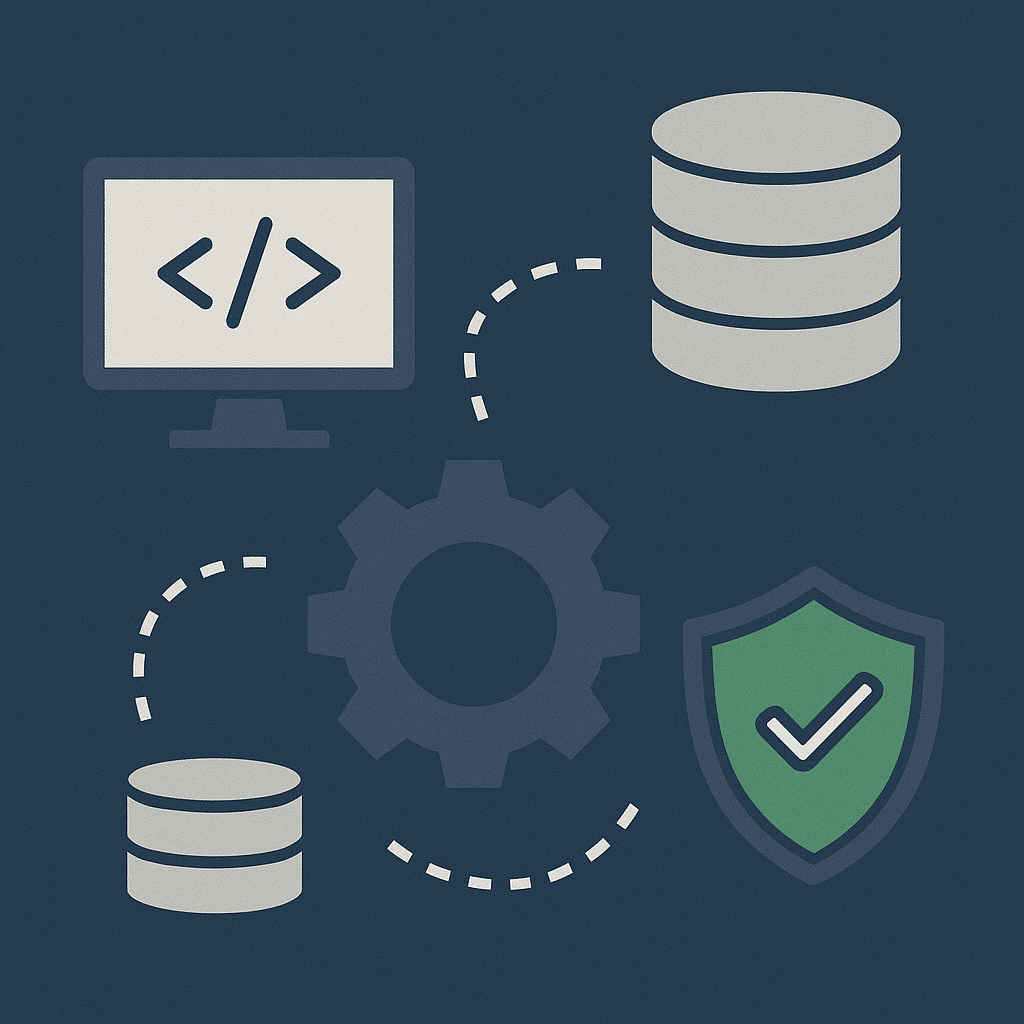The different SAP solutions
Discover our SAP solutions guide to understand SAP architecture.
You are here : Home " SAP Guide "SAP Solutions
SAP is not just software, nor is it a single product.
It's a complete ecosystem of business management solutions, capable of adapting to all businesses, all sizes of organization, and all sectors of activity.
From financial management to supply chain management, from human resources to project management and data analysis, SAP offers a range of modular solutions, centralized in a powerful, integrated ERP system.
Some solutions are well known, such as SAP S/4HANA or SAP Business Suite. Others, like SAP Fieldglass, Concur or SuccessFactorsare specialized in specific areas (purchasing, HR, cloud services).
👉 This page gives you a clear overview of the main SAP solutions, so that you can better understand :
- Their role in company management
- How they differ from "SAP modules
- How they fit into an overall system
It's the perfect guide if you're looking to understand the architecture of the SAP world, choose the right solution for your business, or orient yourself in your training or retraining.
🎯 What are SAP solutions for?
SAP solutions are used to control, automate and optimize all business processes.
They are designed to meet the business needs of each department: accounting, production, HR, purchasing, sales, logistics, project management, customer relations...
In practice, an SAP solution is a specialized business application, often made up of several modules, which is integrated into an overall ERP system.
Let's look at a few concrete examples:
- An industrial company uses SAP S/4HANA to manage production, inventory, sales and finances.
- An international group deploys SAP SuccessFactors to manage its human resources on a global scale.
- A service provider adopts SAP Concur to automate expense reports and SAP Ariba to manage its suppliers.
Each SAP solution enables :
In short, SAP solutions enable companies to better manage their resources, costs and decisionsin a secure, structured and scalable environment.
🧩 The differences between SAP solutions and modules?
In the SAP world, we often confuse solution and module. However, these two notions do not have quite the same function.
In other words:
- A module is a brick
- A solution is a coherent set of brickssometimes cloud, sometimes on-premise, sometimes hybrid.
This distinction is essential to understand how to choose, implement or train on SAP, depending on the architecture of a project or the specific needs of a company.
🏛️ SAP Business Suite
SAP Business Suite is one of SAP's historic suites, designed to meet the complete integrated management needs of large enterprises.
It is based on the previous generation of ERP (SAP ECC), but has evolved and been enhanced by numerous advanced solutions.

Here are the key components found in the SAP Business Suite environment (and its successors):
Today, the SAP Business Suite and its extensions form a modular, interconnected and scalable architecture, which can be adapted to companies according to their size, business sector and digital maturity.

💰 SAP Financial Management
The solution SAP Financial Management brings together all the tools needed to manage a company's financial performance with precision, reliability and compliance.
It is designed to help finance departments go beyond accounting, integrating analysis, planning, taxation and cash flow management.
Here are the main components of this solution:
Together, these solutions enable finance departments to make informed decisions, d'improve profitability and reduce riskswhile improving operational efficiency.
💳 SAP Spend Management
SAP Spend Management brings together SAP solutions designed to control and optimize corporate spending on purchasing, subcontracting, business travel and supplier management.
This portfolio is at the heart of strategies to reduce costs and manage the risks associated with external spending. It provides a clear view of outgoing flows, enables more effective negotiation, and ensures process compliance.

Here are the main solutions included:
With SAP Spend Management, companies gain control, reduce value leakage, improve transparency and make better purchasing decisions. based on reliable data.

🚚 SAP Supply Chain Management
SAP Supply Chain Management (SCM) brings together SAP solutions dedicated to optimizing supply chains, from planning to final delivery.
The aim is to enable companies to react rapidly to market fluctuations, while reducing the costs and risks associated with production, supply and distribution.
Here are the main components of this solution:
With SAP SCM, companies have a comprehensive centralized management of their supply chainThe new system is designed to anticipate out-of-stock situations, optimize inventories and enhance customer satisfaction.
👥 SAP Human Capital Management
The SAP Human Capital Management (HCM) solution enables you to manage the entire lifecycle of your employees: recruitment, integration, administrative follow-up, training, compensation, internal mobility...
It meets strategic talent management challenges, while ensuring HR compliance and a seamless employee experience.

Today, this solution is available in two complementary forms:
With SAP HCM and SuccessFactors, companies can align their HR strategy with their business objectivesThe company's strategy is to develop its human capital and anticipate tomorrow's needs.

🤝 SAP Customer Experience
The SAP Customer Experience suite (formerly SAP C/4HANA) is designed to offer companies a unified, fluid and intelligent vision of customer relations.
It covers all points of contact: marketing, sales, service, customer data management, and even product resale.
Its objective: to enable a personalized, omnichannel and consistent customer experience, while respecting data confidentiality and modern expectations.
Here are the main components of this solution:
With SAP Customer Experience, the company no longer just sells, but also creates long-lasting, intelligent, value-driven customer relationshipsin an omnichannel environment.
🔄 SAP Business Transformation Management
SAP Business Transformation Management brings together tools designed to support companies in their digital, organizational and operational transformation projects.
This is a set of solutions that enable processes to be analyzed, modeled, automated and managed, in order to improve overall performance.

Here are the main tools that make up this solution:
Thanks to this ecosystem, companies can conduct their transformation projects in a structured, data-driven waywhile involving operational teams.

👨💻 SAP Technical Skills
In the SAP world, technical skills are essential for developing, customizing and maintaining existing solutions.
Whether creating interfaces, automating processes or optimizing system performance, SAP developers have powerful, interconnected tools at their disposal.
Here are the main technologies used:
These technical skills are key to adapting SAP to specific needs of each company. They make it possible to go further than standard configuration, by creating customized, robust and maintainable solutions.
🤔 Why are there so many SAP solutions?
It's a common question, and a legitimate one!
SAP has progressively expanded its catalog of solutions to meet the varied and complex needs of companies, whatever their sector, size or digital maturity.
It's not just a monolithic ERP: SAP is a constantly evolving ecosystem, covering :
- All business processes (purchasing, sales, HR, finance, production, logistics, etc.)
- All types of company (SMEs, multinationals, public bodies, etc.)
- All operating modes (on-premise, cloud, hybrid)
Every SAP solution is specialized, modular and complementary.
They can be deployed independently or in synergy, depending on the business context and strategic priorities.
And it is precisely this flexibility which has made SAP a world leader for over 40 years.
🔗 Are SAP solutions modular and interconnected?
Yes, and it's one of the cornerstones of the SAP approach.
All SAP solutions are designed to communicate with each other, thanks to a modular architecture and native connectors. This means..:
Fewer data silos
Smoother business processes
A unified corporate vision
For example:
- A sales order in Sales Cloud can automatically generate an invoice in SAP FI.
- A new employee registered in SuccessFactors can be automatically synchronized in the SAP HCM payroll database.
- Data from SAP IBP can be used as a basis for financial forecasts in SAP FP&A.
This interconnection makes it possible to build a coherent, scalable, data-driven system, while retaining the ability to evolve module by module, solution by solution.
SAP is not just an ERP. It's a strategic platform, made up of complementary solutions that enable a company to manage all its activities, while adapting to its context and challenges.
Understanding the different SAP solutions, their uses and interactions, means you're already prepared to :
- Take an active part in an SAP project
- Intelligent training for your profession or objective
- Evolve in a rich, structured professional ecosystem with a constant demand for skills
Whether you are in the discovery phase or already on a training course :
👉 this overview of SAP solutions is your compass for navigate the SAP world with clarity.

